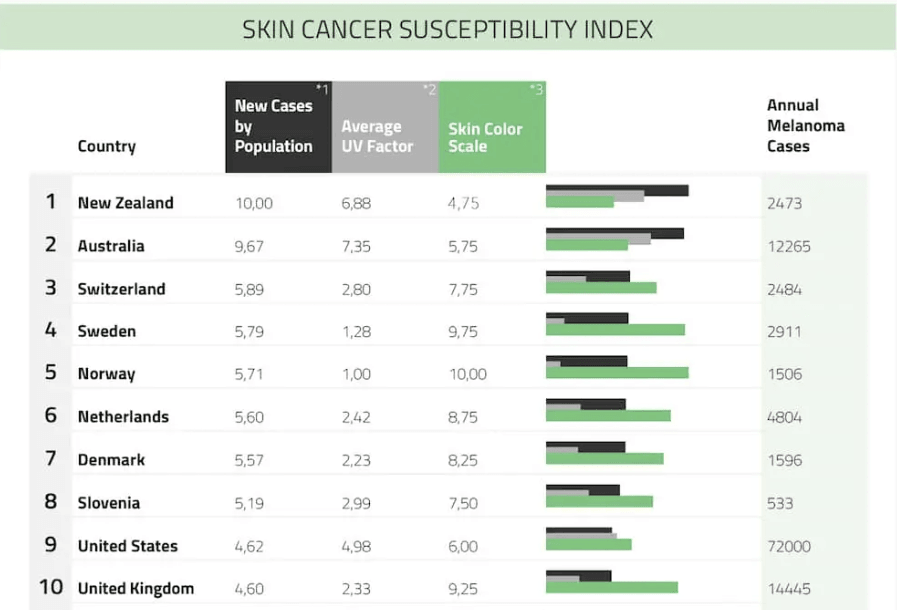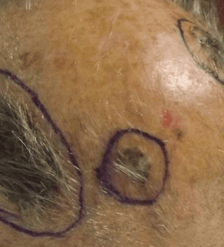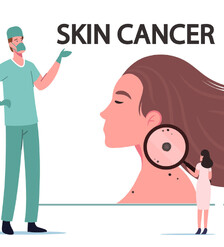Head & Neck Skin Cancer
Skin cancer affecting the head and neck region, in New Zealand, is a significant health concern due to several contributing factors. The country's population includes a high proportion of individuals of European descent, particularly from England, Ireland, Scotland, and Wales, who often have fair skin types that are more susceptible to ultraviolet (UV) radiation damage. Additionally, the country experiences high levels of UV radiation from the sun, especially during the summer months, which increases the risk of skin cancer development, especially due to the prevalence of outdoor lifestyle.
Awareness of the risks is, however, increasing, especially in New Zealand and Australia, where rates are among the highest worldwide with approximately 250 cases per 100,000 people being reported. Prolonged exposure to sunlight remains the primary contributing factor to skin cancer development in this region.
Other risk factors for skin cancer in New Zealand include history of sunburns especially during childhood or adolescence; tanning bed exposure; personal or family history; immunosuppressive medications; and age with older people being more susceptible to the disease, however, skin cancer can affect people of any age.
The most common types of skin cancer affecting the head and neck include:
Basal Cell Carcinomas (BCC)
Squamous Cell Carcinomas (SCC)
Head & Neck Melanoma
Merkel Cell Carcinomas (rare)






